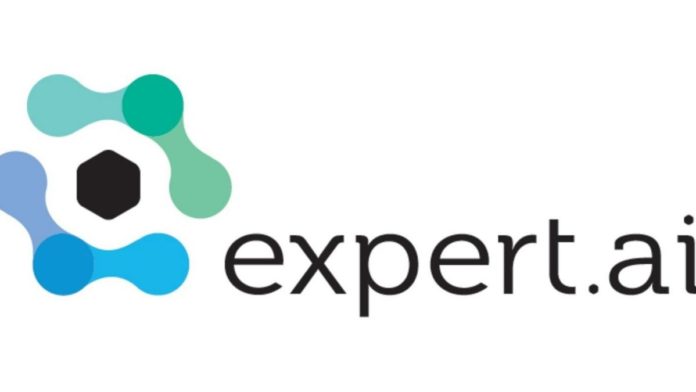Amazon Web Services (AWS) and Salesforce announced their partnership to unify developer experiences and launch new artificial intelligence applications. This partnership will make it easy for customers to use all the services of Salesforce and AWS together to quickly develop new business applications that accelerate digital transformation.
Andy Jass, CEO of Amazon Web Services, said, “With this partnership, we are considerably simplifying developers’ efforts and empowering them to develop applications however they want, from wherever they want, at any scale.”
This collaboration will help developers build and launch custom applications with the help of a unified platform of both companies. This will also aid Salesforce developers in integrating AWS data and workflows into their own applications.
Read More: Google Announces On Wider Skin Tone Range For Better Artificial Intelligence Recognition
The company also plans to utilize AWS’s expertise in voice, video, artificial intelligence, and machine learning to develop more sales and service-related software to add to their suite.
This new offering will enable customers to purchase Salesforce’s cutting-edge artificial intelligence platforms and then consume the integrated AWS services on a pay-as-you-go basis.
Marc Benioff, Chair and CEO of Salesforce said, “This is a remarkable partnership for the technology industry and one that will allow our consumers to experience an even more powerful Salesforce Customer 360 and achieve a new level of success in their business.” He further added that with a strong, unified platform, their global consumer base could create a single source of truth across sales, marketing, service, and e-commerce, from anywhere in the world.
Earlier, a custom integration code was required for users that wanted to combine AWS and Salesforce platforms for their applications. The new partnership will allow customers to use AWS and Salesforce services together seamlessly through a new unified platform. The enterprises have also collaborated on a new tool to help users innovate and develop applications that connect data in real-time between Salesforce applications and AWS services.











